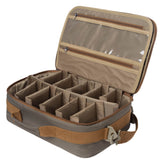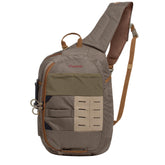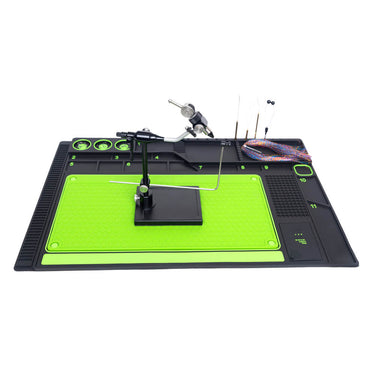Silkspinners: Nature's Tiny Architects
Webspinners, scientifically known as the order Embioptera (or Embiidina), are a small and unique group of insects known for their silk-spinning abilities. Here’s a detailed overview:
Key Characteristics of Webspinners:
Silk Production:
They produce silk from glands in their enlarged front legs (tarsi), which they use to construct tunnels or galleries in soil, leaf litter, or under bark.
Unlike spiders, which have abdominal silk glands, webspinners spin silk from their feet.
Appearance:
Small (usually 4–10 mm long), elongated, and soft-bodied.
Males often have non-functional wings (some species are wingless), while females are always wingless.
Antennae are thread-like, and they have chewing mouthparts.
Behavior:
Live in colonies within their silk galleries, which provide protection from predators and desiccation.
Feed on plant material, lichens, or dead organic matter.
Females are maternal, guarding eggs and nymphs inside the silk tunnels.
Distribution:
Found in tropical and subtropical regions, with some species in temperate zones.
Prefer humid environments like forests, caves, or under rocks.
Life Cycle:
Incomplete metamorphosis (egg → nymph → adult).
Nymphs resemble adults and develop within the silk galleries.
Interesting Facts:
One of the few insect groups where females are larger and more numerous than males.
Silk production is exclusive to this order among insects (other silk-producing insects like silkworms are larvae, not adults).
Some species exhibit parthenogenesis (reproduction without males).
Taxonomy:
Order: Embioptera (or Embiidina)
Families: Over 400 species in families like Embiidae, Oligotomidae, and Clothodidae.
Ecological Role:
Contribute to decomposition and soil health.
Serve as prey for small predators like ants and spiders.
Would you like details on a specific species or their silk mechanics?















